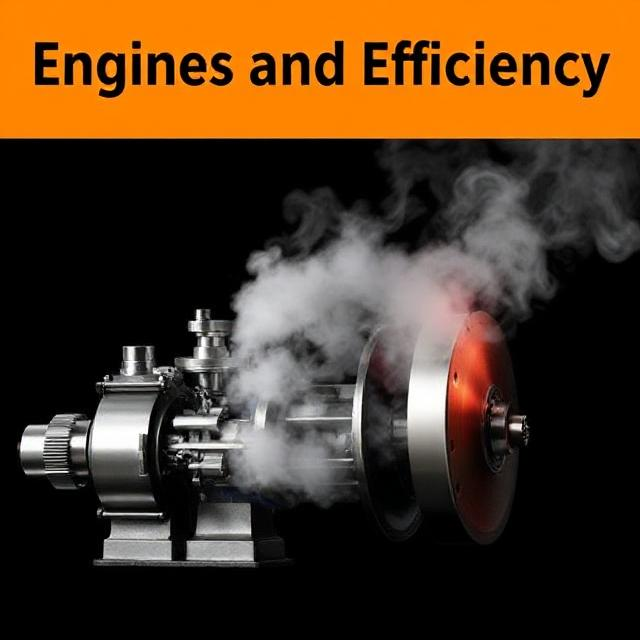What is Fluid Mechanics?
Fluid Mechanics is a branch of physics that focuses on the behavior of fluids, which include both liquids (like water) and gases (like air). It explains how fluids move, exert forces, and interact with solid objects. This field is essential for understanding various real-world phenomena, such as how ships move through water, how airplanes fly, or how water is pumped through pipelines.
Fluid mechanics deals with the study of:

- How liquids and gases flow.
- How pressure is applied by fluids.
- How fluids interact with their surroundings.
- The ability of fluids to perform work, such as lifting objects or moving through systems.
Key Concepts in Fluid Mechanics
- Fluid:
A fluid is any substance that flows and has no fixed shape. Fluids can be either liquids (e.g., water) or gases (e.g., air). - Flow:
Flow refers to the movement of a fluid. For example, when water flows through a pipe or air moves through a vent. - Pressure:
Pressure is the force that a fluid exerts on an object or surface. For example, the force you feel when diving deeper into a pool is due to water pressure. Similarly, the air pressure keeps your tires inflated. - Viscosity:
Viscosity is a measure of a fluid’s thickness or stickiness. For instance, honey has high viscosity (it flows slowly), while water has low viscosity (it flows easily).
Principles of Fluid Mechanics
- Continuity Equation (Conservation of Mass):
This principle states that the amount of fluid entering a system must equal the amount of fluid leaving it, assuming no leaks. Essentially, mass is conserved.- In simple terms: If a pipe narrows, the fluid must flow faster to maintain the same mass flow rate.
- Bernoulli’s Principle (Conservation of Energy):
Bernoulli’s principle asserts that in a flowing fluid, as the speed increases, pressure decreases, and vice versa. This is why air moves faster over the top of an airplane wing, creating low pressure and lifting the plane.- In simple terms: Fast-moving fluids exert lower pressure, while slow-moving fluids exert higher pressure.
- Navier-Stokes Equations (Flow Prediction):
These mathematical equations describe how a fluid moves. They are used to predict complex fluid dynamics, like weather patterns or blood flow in the body.- In simple terms: These equations help scientists and engineers predict how fluids behave, whether it’s the swirling water in a river or the air around a moving car.
- Laminar vs. Turbulent Flow:
- Laminar Flow: This is smooth and orderly flow where the fluid moves in parallel layers with minimal mixing. It typically occurs at low speeds (e.g., the flow of oil through a pipe).
- Turbulent Flow: This is chaotic and irregular flow where the fluid moves in swirls and eddies. It happens at high speeds (e.g., water flowing rapidly over rocks in a river).
Examples of Fluid Mechanics in Everyday Life
- Airplanes:
Airplanes fly due to fluid mechanics. Air flows faster over the top of the wing, creating low pressure, and slower underneath, creating high pressure. This pressure difference generates lift, allowing the plane to take off. - Water Pipes:
The design and operation of water pipes rely on fluid mechanics. Engineers use these principles to ensure that water flows efficiently through pipes without causing damage or leakage. - Heart and Blood Flow:
Blood flow through veins and arteries is an example of fluid mechanics in the human body. Doctors use fluid mechanics to understand blood pressure and develop treatments for cardiovascular issues. - Weather Systems:
Fluid mechanics also governs the movement of air in weather systems. Wind, rain, and air currents are all influenced by fluid dynamics, which helps meteorologists predict weather patterns.
Fluid mechanics is an essential part of both theoretical and practical applications, impacting everything from engineering to medicine and meteorology. Understanding fluid behavior helps solve real-world challenges and innovate technologies that make life better.











